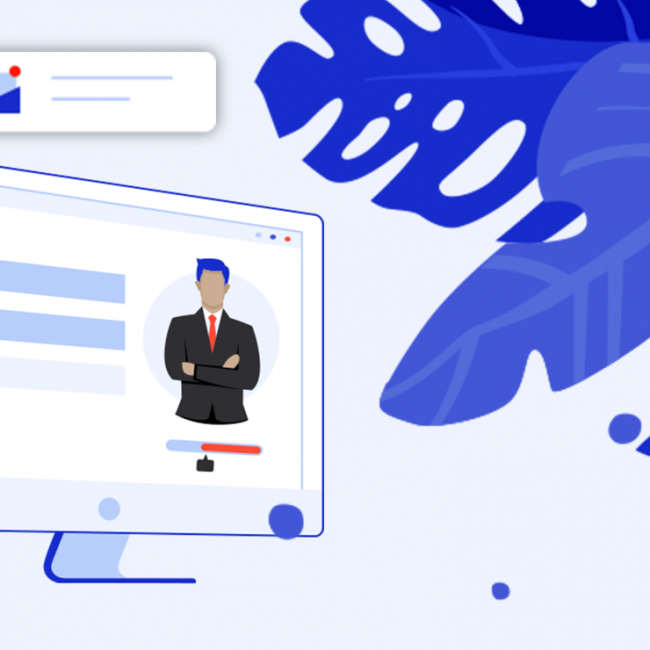
Spam Trap Buster: How Spam Trap Cleaning Service Works?
Spam Trap Buster: How Spam Trap Cleaning Service Works?
At first glance, email lists seem easy to manage, but if you’re careless, you may miss some crucial details. Unfortunately, it is common for businesses new to email marketing to fall into many traps, and one of the worst is the spam trap. This article shows you how to keep an email list that works using a spam trap cleaning service.
Definition of Spam Traps
Email service providers use spam traps as a way to stop spammers. They target people who send unsolicited emails to addresses that they have stolen or bought in bulk, since these unscrupulous marketers didn’t get permission to send those emails in the first place.
Unfortunately, even if you are not doing anything illicit, you can fall victim to these traps as well. As a result, spam traps are often triggered by poor list practices, and new list owners are often unaware of the reasons for not using good email list practices.
They appear to be real email addresses, but they can never be used to communicate. They exist solely to catch spammers and phishers who fill up people’s inboxes with junk mail they never signed up for.
What is the purpose of spam traps?
An estimated 1:5 of your emails will not make it to your subscribers’ inboxes. The success of your email marketing campaign is based on the content, data, and creativity, but if those emails never reach their destination, none of that matters.
If you don’t take precautions, falling into a spam trap can destroy everything you have built in your marketing process. The provider may blacklist your email address from their servers if your address falls into a spam trap. Emails sent to any address they host will go directly to the spam folder.
In the case of being blacklisted by a popular email provider like Gmail, the effects could be devastating for your business, and once blacklisted there’s nothing you can do to reverse it. Email providers and spam enforcement agencies will likely not review your case since they have a zero-tolerance policy. It is even possible that you will be banned from your ESP since they are responsible for addressing these issues as well.
What are some ways to identify spam traps?
Pristine or Pure Spam Traps
While this trap shouldn’t affect you as long as you’re not doing anything shady, it is worth bringing up. These spam traps use hidden email addresses found on web pages. To obtain the address, one must use scraping software to collect a large number of email addresses from websites or forums when they are not publicly accessible.
Sometimes scammers send offers directly to this list, but more often they sell it to people with no idea what they are doing. This can get you into a lot of trouble, and you should never purchase an email list from anyone. Even though some of these shortcuts can make it easier to get up and running, they will only make you more frustrated in the long run.
Recycled email traps
Email addresses are generally limited in time by most providers. The email address will be released from ESP’s server if it is not used within a specified time frame. Occasionally, they repurpose the email addresses as spam traps.
They look just like real addresses because they used to be, but they don’t engage at all. Sending messages to an address like this will result in a hard bounce. Keeping your list free of hard bounces is a crucial step because providers use this metric to determine the credibility of your business.
Typo, fake or invalid domain traps
The problem with these is that many times this is not a trap, but simply an error in the email address. There are, however, times when even innocent-looking addresses like this can trigger a higher spam rating. If you encounter them, you should make sure to delete them.
Spam traps: How to avoid them altogether
Get rid of spam and spam traps
Although it can be difficult to tell a spam trap from a real address, you can easily do so by practicing good mailing list hygiene practices. Spam traps do not behave as subscribers would because they are not people. In other words, the easiest way to keep them off your list is to make sure that they must take some action to subscribe or remain on it.
Use two-step opt-in
Double opt-in is the best way to avoid spam traps. Everyone who handles an email list should use it to keep their list clean and free of typos and fake addresses.
Don’t purchase email addresses
Under many jurisdictions, this can be illegal, as CAN-SPAM prohibits you from purchasing or selling email lists. A person’s permission must be obtained before sending them mail, and that permission is not revocable. Even if it were legal, many lists that you would purchase would be garbage generated by scrapers and would therefore not be worth anything. You’ll also get blacklisted by providers if you do this.
Delete inactive users
Consider removing users who never open your emails. It increases the likelihood that your emails will be deemed spam. It’s also possible to turn an abandoned email into a spam trap even if you collected it correctly when it was still active. You can stop these traps in their tracks by regularly using spam trap cleaning service.







